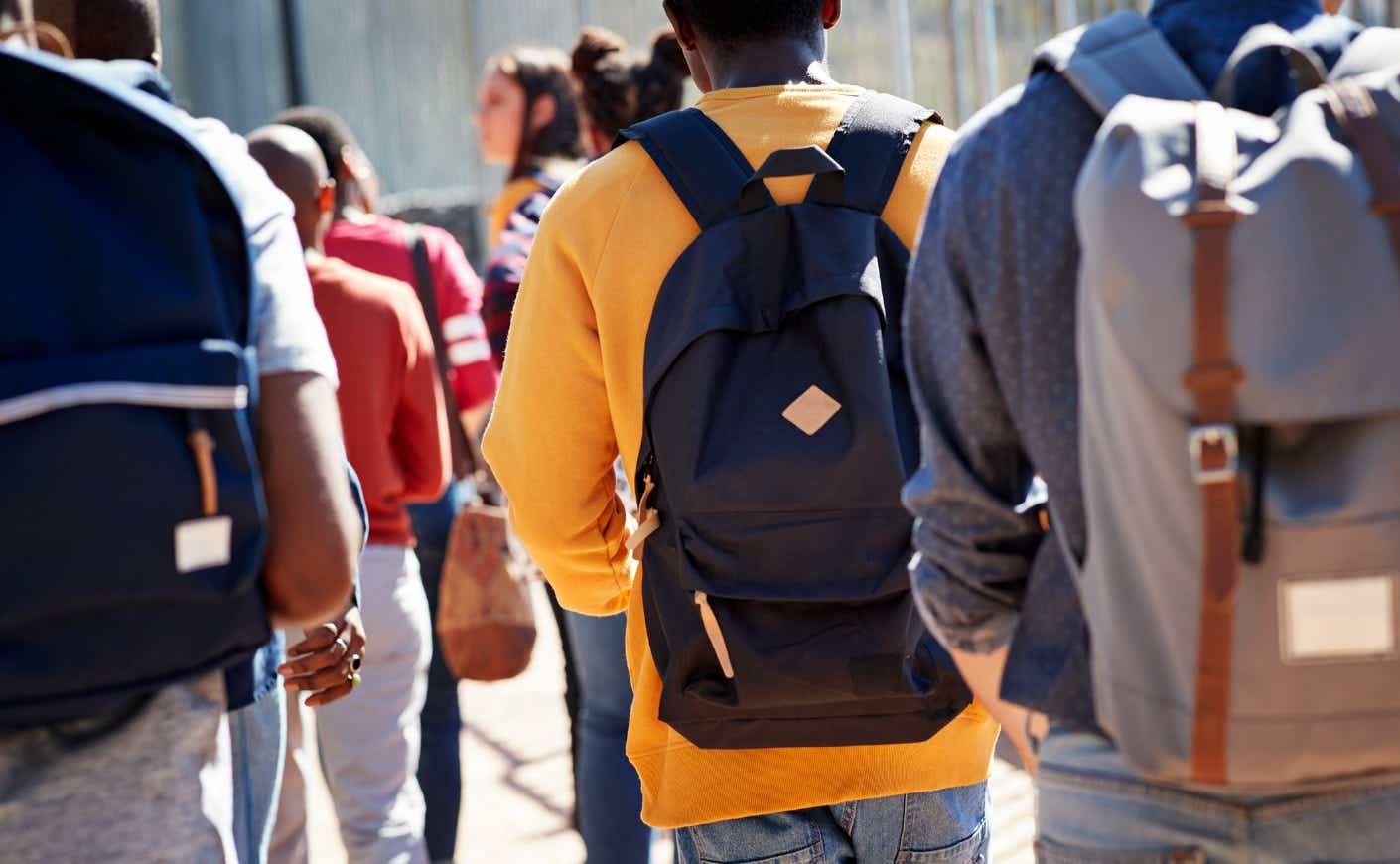A crisis is unfolding among teens across the U.S., and some psychologists are already calling the situation a matter of "life or death."
"We need to figure it out,” psychologist Candice Odgers told The New York Times. “Because it’s life or death for these kids.”
Even though underage pregnancies and drinking may be trending downwards, mental health conditions like depression are on the rise. In 2019 alone, 13 percent of adolescents reported a major depressive episode, and while that might not sound like much, it marks a 60 percent increase over the last 15 years.
The coronavirus pandemic has only made this troubling trend worse. Between February and March of 2021, emergency room visits for suicide attempts went up 51 percent for young girls, and 4 percent for boys, according to the Centers for Disease Control and Prevention. And it’s impacting real families too: a 13-year-old girl in Minneapolis identified as “M” described in an interview with The New York Times unbearable loneliness that left her sobbing in her and contemplating death at one point.
To get more perspective on this growing problem, we’re digging into a recent New York Times report on how these rising numbers in mental health conditions are impacting minorities disproportionately and what experts are saying about it.
What does the data show?
The findings show real disparities when it comes to minorities, particularly Black teens. Over the span of more than two decades, the number of suicide attempts among Black adolescents jumped by 73 percent, compared with an 18 percent increase among their white peers, according to The New York Times.
But this adds even more urgency to an existing problem that began long before the pandemic. Overall, young people in the U.S. were already facing increased mental health struggles even before the coronavirus took hold. In fact, emergency room visits for depression, anxiety, and suicidal thoughts jumped 28 percent between 2011 and 2015.
What’s causing this mental health crisis among teens?
There’s no single cause for the rise in mental health conditions. Though there's no comprehensive data on the matter, social media may have a lot to do with it because it has replaced a lot of in-person time with friends, and as a result, many teens are feeling lonelier than ever before.
“It’s not the same social connectedness we need and not the kind that prevents one from feeling lonely,” explains psychologist Bonnie Nagel.
Puberty also may be a factor and the fact that it’s happening earlier may explain this major shift in rising mental health rates among teens. Since 1990, its onset has dropped from 14 years old to 12 years old for girls and there has been a similar drop among boys. Psychologist Laurence Steinberg says when puberty hits, it affects the brain, making it hypersensitive to the outside world.
What are experts saying?
As you might recall, U.S. Surgeon General Vivek Murthy warned of a “devastating” mental health crisis among the nation’s youth, and several hospitals have warned of a shortage of therapists and treatment options.
Since then, mental health professionals like Candice Odgers have continued to speak out, saying that while some public threats like binge drinking and smoking are no longer as prevalent as they once were, the rise in mental health issues cannot be ignored.
“By many markers, kids are doing fantastic and thriving,” Odgers told The New York Times. “But there are these really important trends in anxiety, depression, and suicide that stop us in our tracks.”
But there’s a silver lining: the pandemic led to renewed conversations and awareness about the importance of mental health.
“First and foremost, the widespread impacts of COVID-19 have resulted in more open dialogue on and greater knowledge of mental health than ever before,” the United Nations wrote in a statement.









